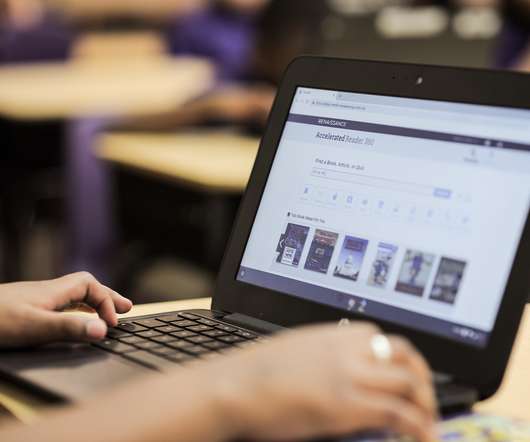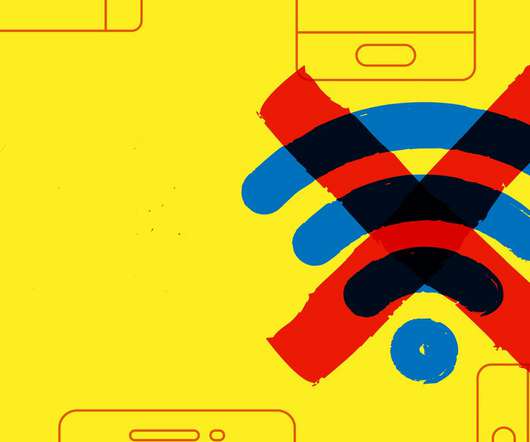Low Tech? No Problem. Here are 3 Alternative Ways to Help Distance Learning Happen.
Edsurge
APRIL 9, 2020
According to a 2019 Pew Research Center report, 96 percent of adults own a cell phone and 81 percent own a smartphone. And some corporations have designed higher education and workforce training micro-courses intended for smartphones. Of course, these programs may take significant time to develop.
































Let's personalize your content